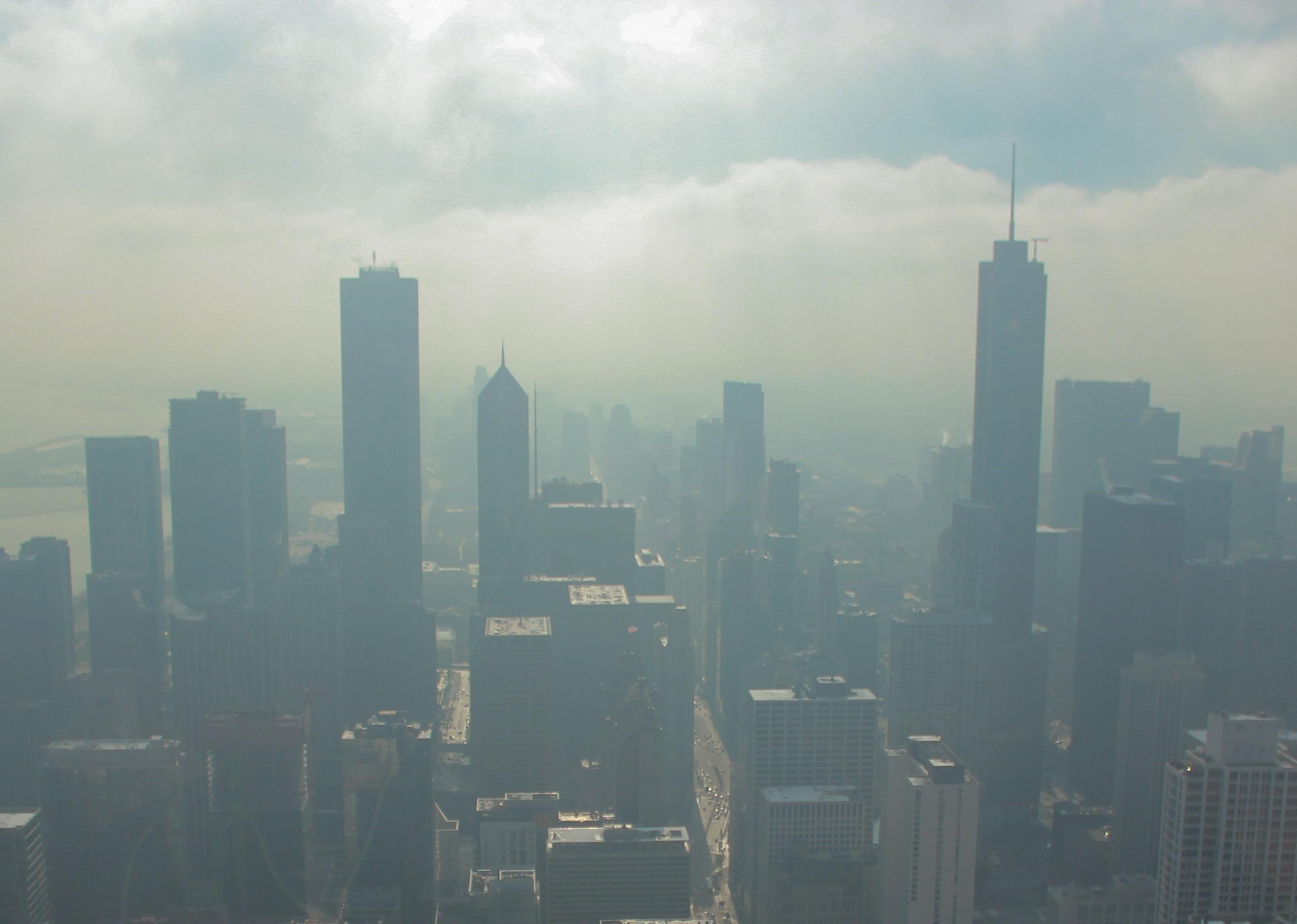
Worsening air quality: How climate change has affected Illinois
Worsening air quality: How climate change has affected Illinois
The latest United Nations Intergovernmental Panel on Climate Change (IPCC) report is yet another reminder of the dire effects of climate change. While climate projections often look to the future when discussing the worst impacts of climate change, we are in fact already experiencing its effects across the United States. To better understand how climate change is impacting the country, Stacker compiled a list of the impacts of climate change in every state, using local and national news stories, government reports, and scientific journal articles.
While these impacts are weather-related—for example, heat waves, droughts, or storms—individual weather events cannot be attributed to climate change on their own. Rather, it is when these events are seen within larger trends that they can be understood as part of a pattern that has come out of the changing climate.
Keep reading to learn about how your state has been impacted by climate change, or read the national story here.
Illinois: Worsening air quality
In the summer of 2020, Chicago experienced its longest streak of high-pollution air days in more than 10 years. Continually dirty air is one consequence of climate change because warmer temperatures mean more ozone production and the trapping of smog and soot. "While emissions in some ways may be decreasing somewhat, the tendency of the changing climate is to produce more days where air quality can be an issue," Donald Wuebbles, an atmospheric sciences professor at the University of Illinois, told the Chicago Tribune.
Across the country, there are trends of rising temperatures, storms of increasing frequency and severity, and more erratic precipitation patterns, causing disruptions to the food systems and sometimes even resulting in death. While the U.S. government has set a target to reduce greenhouse gas emissions by at least 50% by 2030, it is clear that the climate emergency is already taking place, and along with emissions reductions, mitigation of the impacts of climate change must be prioritized as well.
Read below to see how other states in your region have been affected by climate change.
Indiana: Decline in crop yields
The Indiana annual crop summary released in January 2020 showed that changing weather patterns, which can be attributed to climate change, affected the production of the state's most important crops. In 2019, according to the U.S. Department of Agriculture, near-historic levels of precipitation caused a decline in corn and soybean production. This could potentially cost farmers hundreds of millions of dollars a year.
Iowa: Warmer winters
In Iowa, climate change is likely to cause winter warming, including fewer sub-zero days along with more drought and heavier rainfall that leads to flooding. To deal with the impact of climate change in Iowa and globally, students in Ames formed a group named CAUSE (Citizens Actualizing and Understanding Sustainable Environments) and have asked their school district to take action in order to prevent climate change. The group is asking the district to increase energy efficiency, reduce waste, educate students more about climate change, and use energy consultants. It is similar to a plan passed in Iowa City, Iowa, a couple of years ago.



